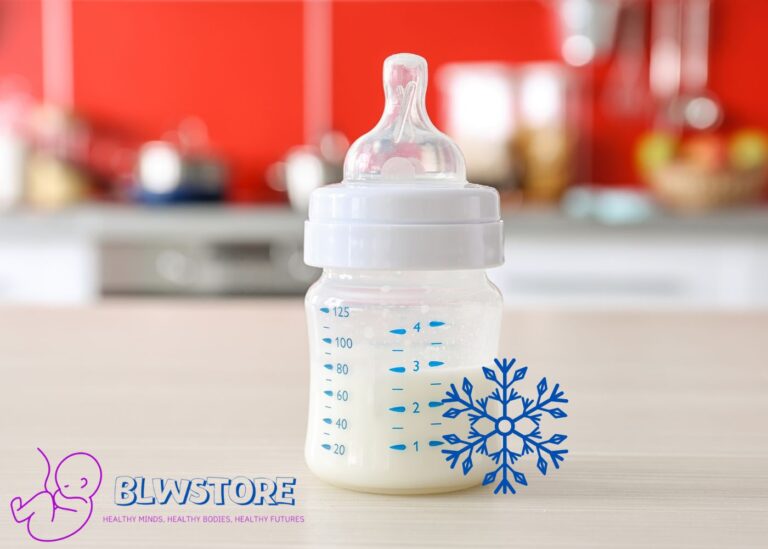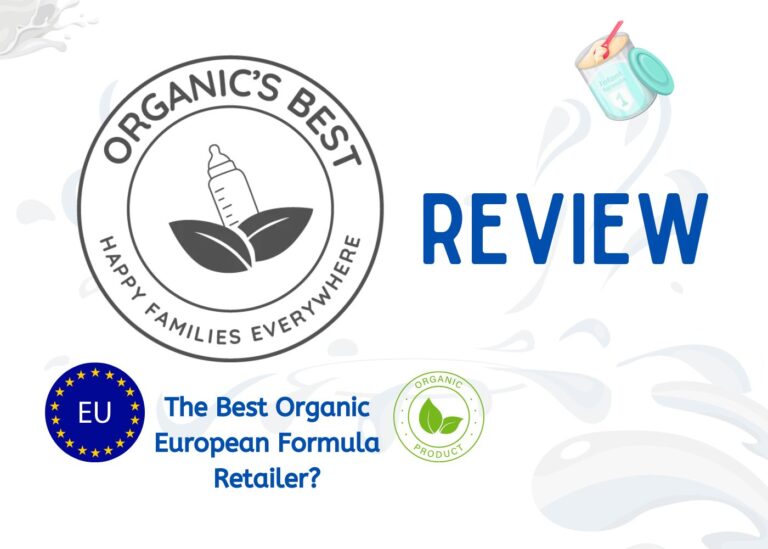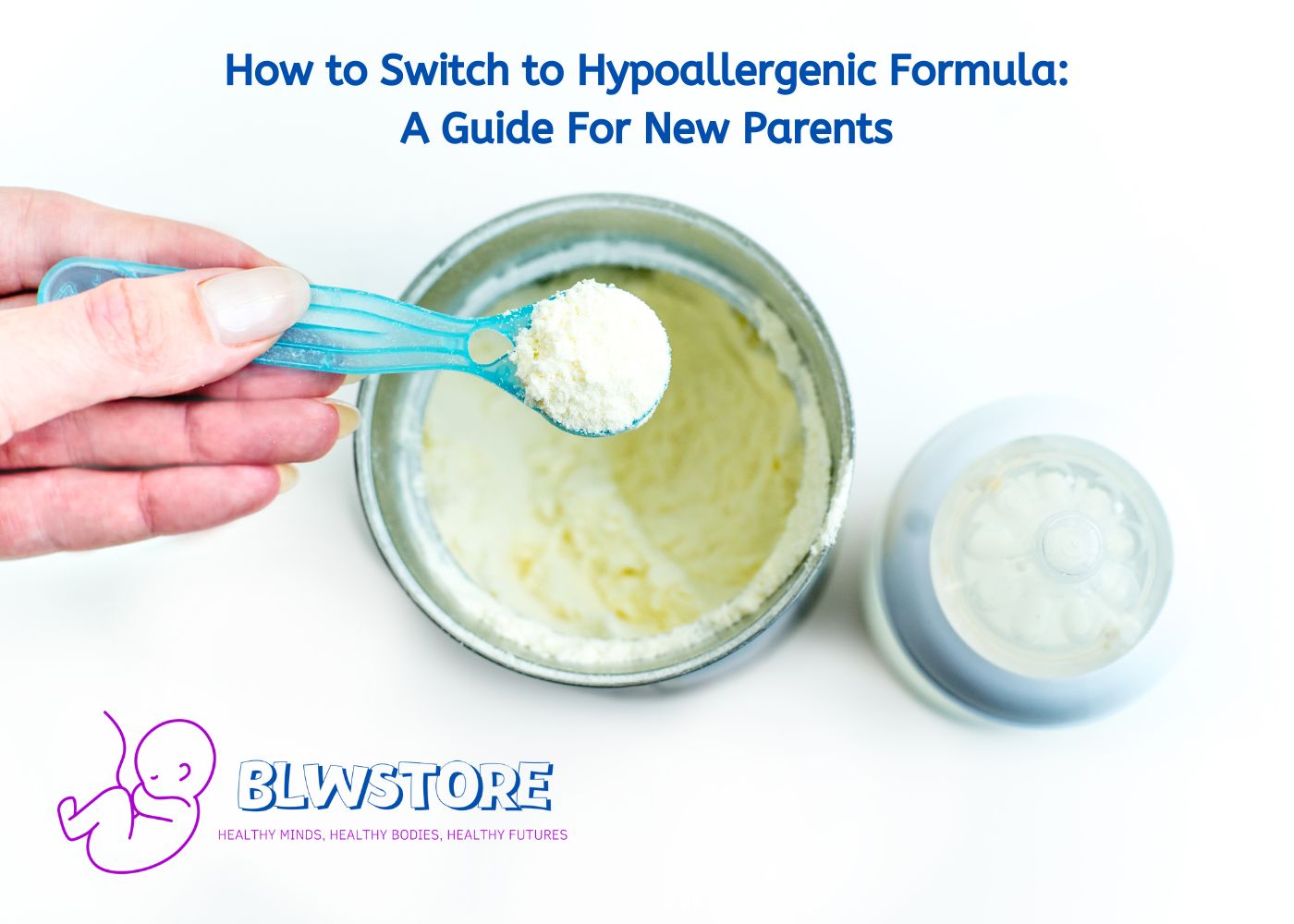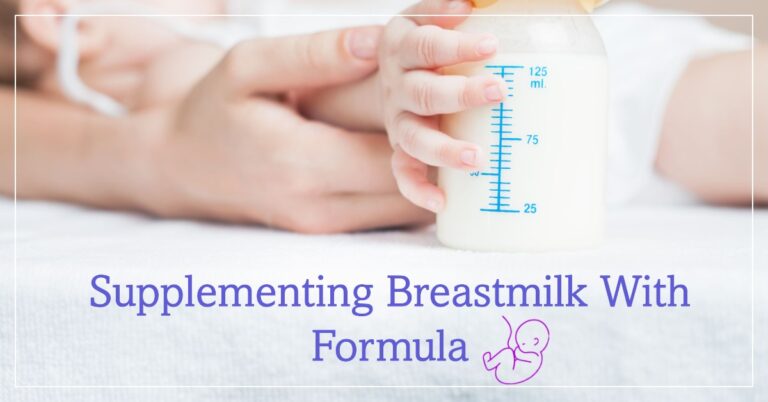
Key Takeaways
Stable Environment: To transition from breastmilk to formula, choose a stable time with minimal disruptions to your baby’s routine. Consistency and patience are key.
Find the Right Bottle: Use a bottle that mimics the breast to ease the transition. You may need to experiment with different bottles to find one that your baby prefers.
Start with Breast Milk in Bottles: Introduce breast milk in bottles first to allow for a gradual adjustment. This helps the baby become familiar with the bottle while still enjoying the comfort of mom’s milk.
Involve Other Caregivers: Having other caregivers involved in feeding can help your baby get used to being fed by someone else, easing the transition to formula.
Paced Bottle Feeding: Mimic the flow of breast milk by encouraging your baby to take breaks and eat at their own pace during bottle feedings.
Gradually Replace Nursing Sessions: Start by dropping one nursing session at a time and replacing it with a bottle of formula. Pay attention to your baby’s signs of hunger or distress to adjust accordingly.
Maintain Closeness: Find other ways to bond with your baby as you transition from breastfeeding. This could be through skin-to-skin contact or activities like reading and singing during feeding times.
Self-Care: Regularly pump or express milk to prevent discomfort and maintain milk supply. Seek emotional support if needed and practice relaxation techniques to reduce stress.
Navigating the transition from breastfeeding to formula can feel daunting for new parents.
Despite it being common, many parents struggle with how and when to introduce formula.
This article will guide you through this significant shift by providing step-by-step tips and techniques based on expert advice and scientific research.
Ready to tackle this change smoothly? Let’s dive in!
*Related read: How to supplement breastfeeding with formula
How To Switch From Breastmilk to Formula: Step by Step Guide
Choose a stable time without disruptions.
Find a bottle that mimics the breast.
Introduce breast milk in bottles first.
Involve other caregivers in feeding.
Try paced bottle feeding to mimic breastfeeding.
Slowly drop feeding sessions, replacing them with formula.
Find other ways to stay close and bonded with your baby.
Find a time that works for you
To successfully transition your baby from breastmilk to formula, it’s essential to aim for a time of stability. This means choosing a period when there are no major disruptions or changes in your baby’s routine.
Babies thrive on consistency, so avoid starting the weaning process during stress or upheaval. Providing a stable environment can help your little one feel secure and more open to trying new tastes and textures.
Remember that every baby is different, so be patient and adjust the pace of transitioning based on their needs and preferences.
Choose the right bottle
Look for a bottle that closely mimics the shape and feel of a breast, as this can help ease the transition.
Many bottles on the market today are designed specifically for breastfed babies, with features like wide nipples and soft textures to promote a natural latch.
Consider trying out different types of bottles until you find one your baby is comfortable using. Some babies may prefer bottles with anti-colic vents, while others may be more at ease with bottles with a slower flow.
Pay attention to your baby’s cues and preferences during feeding sessions to determine which bottle works best.
Remember, it’s important to clean the bottle thoroughly before each. Follow the manufacturer’s instructions on cleaning and sterilizing the bottle effectively.
Introduce breast milk in bottles first
To help ease the transition from breast milk to formula, it is recommended to introduce breast milk in bottles first. This can be done by pumping your breast milk and offering it to your baby in a bottle. *Read: Pumping while Breastfeeding
By starting with familiar breast milk, your little one can become accustomed to the new experience of feeding from a bottle while still enjoying the comfort of mom’s milk. This step allows for a gradual adjustment period and helps babies feel more at ease with the change in feeding method.
Get other caregivers involved
It’s important to involve other caregivers in the transition from breast milk to formula feeding. This can help your baby get used to being fed by someone other than you and ensure a smooth switch.
It could be your partner, family members, or trusted friends willing to help with feeding responsibilities. Not only does this support you, but it also helps your baby become comfortable with different feeding styles and routines.
Do paced bottle feeding
Paced bottle feeding is a technique that mimics the flow of breast milk and can help ease the transition from breastfeeding to formula.
Instead of allowing your baby to gulp down their bottle, paced feeding encourages them to take breaks and eat at their own pace.
This helps prevent overfeeding and allows your baby to recognize when they’re full, just like during breastfeeding.
To try paced feeding, hold your baby upright and tilt the bottle slightly so that only a small amount of formula fills the nipple.
Pause every few minutes to burp your little one and give them a chance to rest before continuing.
Reduce feeding sessions
To successfully transition your baby from breastmilk to formula, slowly dropping feeding sessions is an important step.
Start by eliminating one nursing session or bottle-feeding session at a time, gradually replacing it with a bottle of formula.
During this process, it is essential to closely monitor your baby for any signs of hunger or distress. If you notice your little one is still hungry after a dropped feeding session, offer them additional formula in small amounts.
Finding the right balance for your baby might take some trial and error, so be ready to experiment.
Keep close to your baby
As you transition your baby from breastmilk to formula, it’s important to find other ways to stay close and bonded with your little one.
While breastfeeding provides a special connection, many other ways to nurture that closeness exist.
You can still hold your baby close during bottle feedings, making eye contact and talking softly to them.
Skin-to-skin contact is another wonderful way to maintain that bond – cuddling, snuggling, or even taking baths together can help create those warm connections.
Engaging in activities like reading books or singing songs while bottle feeding can provide valuable bonding time for you and your baby.
Transitioning from breastfeeding doesn’t mean losing the special bond you’ve formed through nursing; instead, it’s an opportunity for new types of closeness and connection with your growing child.
Taking Care of Yourself During the Weaning Process
Regularly pump or express milk to prevent discomfort and maintain milk supply.
Seek emotional support from other parents, online communities, or professionals.
Practice self-care and relaxation techniques to recharge and reduce stress.
Maintain regular pumping or expression to prevent discomfort
To prevent discomfort during the weaning process, it’s crucial to maintain regular pumping or expression.
This will help relieve any engorgement and keep your milk supply steady as you transition from breastfeeding to formula feeding.
You can continue to pump or express milk when you normally breastfeed, gradually decreasing the frequency over time.
By doing so, you can ensure that your breasts remain comfortable and avoid any painful or clogged ducts.
Seek emotional support if needed
Weaning can be emotionally challenging for you and your baby, so don’t hesitate to seek support if needed.
Talk to other parents who have gone through the same transition, join online communities or support groups, or consider contacting a lactation consultant or counselor specializing in parenting and breastfeeding issues.
Practice self-care and relaxation techniques
Set aside time for yourself each day, even if it’s just a few minutes, to focus on activities that help you relax and recharge.
This could include taking a warm bath, meditating, walking in nature, or engaging in a hobby you enjoy.
Reasons for Switching from Breast Milk to Formula
Discuss medication requirements with your healthcare provider.
Insufficient milk supply may lead to switching to formula.
Return to work or school may make formula feeding more convenient.
Breastfeeding discomfort or pain can be a reason to switch to formula.
Formula feeding allows for shared feeding responsibilities among family members.
Medication requirements
Discussing medication requirements is crucial when considering a transition from breastfeeding to formula.
Certain medicines may pass through breast milk, affecting your infant’s health.
For instance, chemotherapy drugs, some antidepressants, and medications used for substance abuse treatment can pose risks to the baby if consumed via breastmilk.
If you need to start or continue these treatments, switching your baby to formula could be the best choice for their wellbeing.
The key is always consulting with your healthcare provider about any new prescriptions or over-the-counter drugs before making this switch.
You’ll also want to watch for signs of fussiness or other changes in your baby’s behavior during the transition period, as it takes up to two weeks for them to adjust fully.
Insufficient milk supply
One common reason why new parents may need to switch from breastfeeding to formula is if they are experiencing an insufficient milk supply.
Every mother’s milk supply is unique and can be influenced by various factors such as stress, certain medications, or hormonal imbalances.
If you struggle with low milk production despite trying different methods to increase it, don’t worry – you’re not alone. Many mothers face this challenge, and switching to formula can provide a reliable alternative source of nutrition for their babies.
Return to Work or School
Mothers who need to return to work or school shortly after childbirth may choose to use formula because it’s more convenient and allows others to help feed the baby.
Pumping and storing breast milk can be time-consuming and not feasible in all work or school environments.
Physical Comfort
Breastfeeding can cause discomfort and even pain, especially in the early stages.
Conditions like mastitis, thrush, or cracked nipples can make breastfeeding uncomfortable.
If these issues persist, some mothers might choose to switch to formula.
Shared Feeding Responsibilities
Formula feeding allows other family members, including the baby’s father, to share in feeding responsibilities.
This can give the mother some much-needed rest and allows others to bond with the baby.
FAQs
1. How do I know when it’s time to switch my baby from breastmilk to formula?
A few signs may indicate it’s time to introduce formula. These include if your baby seems consistently hungry after breastfeeding, is not gaining weight properly, or if you have issues with milk supply.
2. What is the best way to introduce formula to my baby?
It is recommended to gradually introduce formula alongside breastfeeding, starting with one bottle of formula per day and slowly increasing the amount over time. This allows your baby to adjust and helps prevent any digestive issues.
3. Can I mix breastmilk and formula in one bottle?
Yes, mixing breastmilk and formula in the same bottle is possible if needed. However, remember that breastmilk and formula usually have different digestion rates, so it’s generally best to feed them separately.
4. Are there any potential challenges or side effects when switching from breastmilk to formula?
Some babies may experience temporary digestive changes when transitioning from breastmilk to formula, such as differences in stool consistency or gas.
We’re Maria and Alberto, a married couple and educators who are nutrition enthusiasts. Even before we had kids, we were already crazy about nutrition.
We’d read scientific articles, watch videos from nutritionists, and spend hours listening to nutrition podcasts.
Today, we continue doing this, but in a different way, as we’ve learned to sift through the noise and trends. Nutrition, like any other field of knowledge, the more you read and learn, the more you develop a comprehensive understanding of reality, and that’s what has happened to us.
Before having our first child, we focused on learning everything we could about child nutrition, using the same techniques we had already employed, backed by our extensive knowledge in nutrition.
Our mission is to help other parents with their children’s nutrition, to help them become the best versions of themselves.
If we are what we eat and drink, which is absolutely true, let’s do it right!







